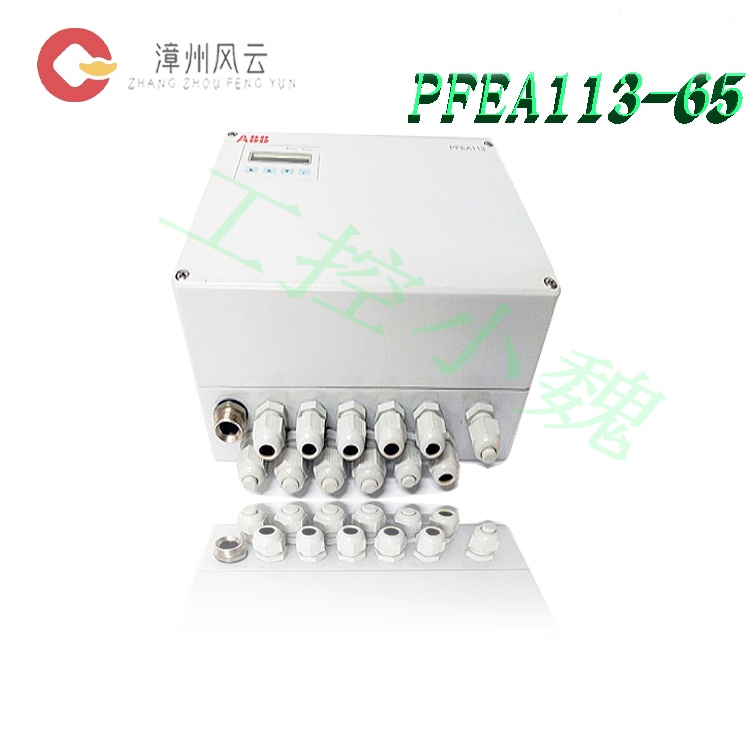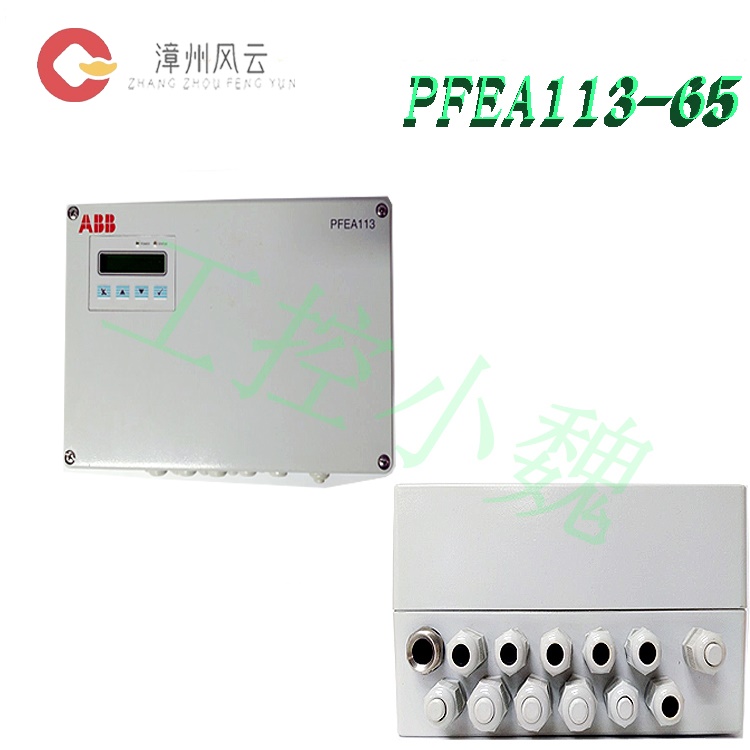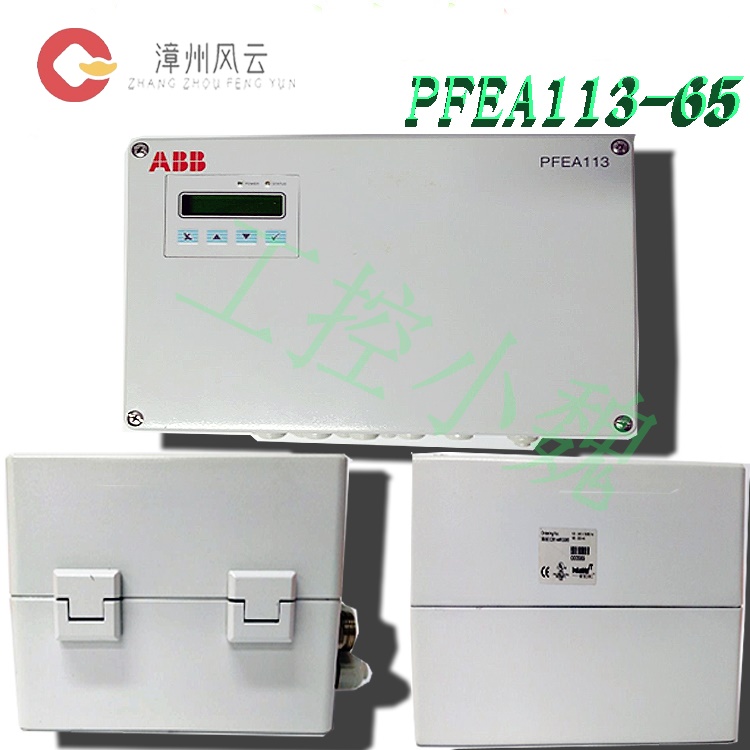
.jpg)
.jpg)

.jpg)
.jpg)
Real-time monitoring of tension sensor feedback signals, dynamic adjustment of motor torque or brake torque, ensuring that the tension fluctuation range is less than ±0.5% (depending on the application), supporting multiple tension control modes (such as constant tension, taper tension, decreasing tension), adapting to different process requirements, and synchronized with the main speed signal of the production line (such as encoder, inverter) to avoid tension fluctuations caused by speed mismatch.
Many products are not yet on the shelves. Please contact us for more products.
If the product model is inconsistent with the display picture, the model shall prevail. Please contact us for specific product pictures, and we will arrange to take photos in the warehouse for confirmation.
We have 76 shared warehouses around the world, so sometimes it may take several hours to accurately return to you, please understand. Of course, we will respond to your concerns as soon as possible.
PFEA111-20 3BSE028140R0020 Other names:
Tension sensor PFEA111-20 3BSE028140R0020
PFEA111-20 3BSE028140R0020 Tension supply controller
Compact tension measurement device PFEA111-20 3BSE028140R0020
PFEA111-20 3BSE028140R0020 is a high-performance tension controller unit launched by ABB, which is a core equipment in the field of industrial automation control. It is designed for scenarios that require precise tension control, such as winding, unwinding, coating, printing, metal processing and other processes. It ensures the stability of the production process and product quality by real-time monitoring and adjustment of material tension. Widely used in packaging, printing, textile, metal processing, wire and cable and other industries.
Core functions
High-precision tension control:
Adopt closed-loop control algorithm, monitor the tension sensor feedback signal in real time, dynamically adjust the motor torque or brake torque, and ensure that the tension fluctuation range is less than ±0.5% (depending on the application).

Support multiple tension control modes (such as constant tension, taper tension, decreasing tension) to meet different process requirements.
Speed synchronization control:
Synchronize with the main speed signal of the production line (such as encoder, inverter) to avoid tension fluctuations caused by speed mismatch.
Support speed ratio adjustment to adapt to multi-machine linkage scenarios.
Automatic deviation correction (optional):
Integrated edge detection sensor interface, can expand automatic deviation correction function to prevent material deviation.
Data monitoring and diagnosis:
Real-time display of parameters such as tension, speed, torque, etc., support historical data recording and fault log storage.
Provide alarm function (such as tension over limit, sensor failure) to facilitate rapid problem location.
Communication and integration:
Supports multiple industrial communication protocols (such as Modbus TCP/IP, Profibus DP, EtherCAT), and can be seamlessly integrated with PLC, HMI or host computer.
Provides remote parameter setting and firmware upgrade functions.
Multi-axis collaborative control
Can control multiple reels (such as unwinding, rewinding, intermediate traction) at the same time, realize multi-axis synchronization or proportional control, and avoid material stretching or relaxation.

Adaptive adjustment
Automatically adjust control parameters according to material properties (elasticity, thickness, friction coefficient), reduce debugging time, and improve production efficiency.
Fault diagnosis and protection
Built-in protection functions such as overload, broken belt, and abnormal speed monitor the system status in real time to prevent equipment damage.
Technical
features
High-performance hardware:
Adopts 32-bit microprocessor with fast processing speed and short response time (usually <10ms).
Industrial-grade design, adaptable to harsh environments (working temperature -20℃~+60℃, protection level IP20/IP54 optional).
Modular structure:
Supports expansion of I/O modules, communication modules or analog/digital interfaces, and is flexible to adapt to different application scenarios.
User-friendly interface:
Equipped with LED display or touch screen (depending on the model), supports multi-language menus, and is easy to operate.
Provides parameter copy function for quick commissioning of multiple devices.
Energy saving optimization:
Intelligently adjusts motor power to reduce energy consumption and complies with IEC 61800-9 energy efficiency standards.
Application
areas
Packaging industry: Controls the tension of film, label paper, and aluminum foil to ensure smooth and wrinkle-free packaging.
Printing industry: Manages the tension of printed paper and plastic film to prevent printing deviation or wrinkling.
Metal processing: Adjusts the tension of steel strips, copper strips, and aluminum strips to ensure stamping and cutting quality.
Textile industry: Controls the tension of yarn, cloth, and non-woven fabrics to improve weaving efficiency.

New energy field: In the production of battery poles and photovoltaic films, ensures uniform coating and winding of materials.
Papermaking industry: Control the tension of paper rolls to prevent paper breaks or paper web slack.
Advantages
and value
Improve product quality: Precisely control tension, reduce material deformation, breakage or wrinkling, and reduce defective rate.
Improve production efficiency: Automated control reduces manual intervention, shortens downtime, and supports continuous high-speed production.
Reduce costs: Optimize material utilization, reduce waste, and extend equipment life.
Enhance flexibility: Support fast roll change and parameter adjustment to meet the needs of multi-variety and small batch production.
Data-driven decision-making: Optimize process parameters and improve overall equipment effectiveness (OEE) through real-time monitoring and historical data analysis
Typical
cases
A printing company: After adopting the tension controller unit, the tension fluctuation of printed paper has dropped from ±3% to ±0.8%, the printing speed has increased by 20%, and the annual paper cost has been saved by about 150,000 yuan.
A metal processing plant: Through the taper tension control mode, the uniformity of steel strip winding has increased by 90%, reducing material waste in subsequent processing.
Summary
The PFEA111-20 3BSE028140R0020 tension controller unit is a key component in ABB's industrial automation solutions. With its high precision, reliability and flexibility, it is widely used in multiple industries. It helps companies reduce costs and increase efficiency and enhance market competitiveness by optimizing material tension control.
All products on this website are special
products, and market prices have been fluctuating.
The specific quotation is subject to customer service, because the product is a new product and the price is not real.
Please confirm the model and product, price and other detailed information with customer service before placing an order. The website has been used.
New ones are on sale, please contact customer service for communication.
Related
product recommendations:
ABB
3BSE06503R1 PFSA140RULLM1I
3BSE003641R1
PM150
3BSE018105R1
PM861K01
3BSE053240R1
PM891
ABB
3BHE010360R0001
ABB
3BHE015881R0001
ABB
3BHB050206R0100
ABB
3BHE055094R0002
GBU72
3BHE055094R0002
ABB
3BHB030310R0001
ABB
3BHE031197R0001
ABB
3BHE055094R0002
GBU72
3BHE055094R0002 3BHB030310R0001
3BHE055094R0002
3BHE031197R0001
ABB
3BHB030310R0001
ABB
3BHE031197R0001
ABB
3BHE055094R0002
ABB
3BHB050206R0100
More......
Address
Room 205, Office Building, No.1 Chaoyang North Road, Longwen District, Zhangzhou City, Fujian Province
fengyunfadacai@qq.com
Sales consultant
Miss.Green
+86 15860249102
